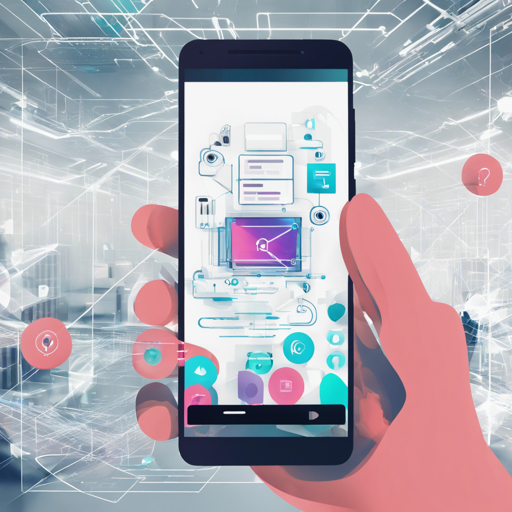Augmented Reality (AR) is a powerful tool that brings digital elements into the real world. Sceneform Maintained is a fantastic SDK for Android that allows developers to create stunning AR experiences. In this guide, we’ll cover the essentials of getting started with Sceneform, so let’s dive in!
What is Sceneform Maintained SDK?
Sceneform Maintained is a continuation of Google’s original Sceneform SDK, optimized for modern development practices. Leveraging Google Filament as its 3D engine, it provides advanced features such as:
- ARB Model Viewer
- Augmented Images and Faces
- Video Integrations
- Depth and Cloud Anchors
Setting Up Sceneform in Your Project
Follow these steps to incorporate Sceneform into your Android project:
Step 1: Add Dependency
In your app/build.gradle file, include the following line:
implementation 'com.gorisse.thomas.sceneform:sceneform:1.23.0'Step 2: Update Android Manifest
Open your AndroidManifest.xml file and add the necessary permissions:
<uses-permission android:name="android.permission.CAMERA" />
<meta-data android:name="com.google.ar.core" android:value="optional" />Step 3: Add the AR Fragment to Layout
In your layout XML file (e.g. res/layout/main_activity.xml), include the AR fragment:
<androidx.fragment.app.FragmentContainerView
android:id="@+id/arFragment"
android:name="com.google.ar.sceneform.ux.ArFragment"
android:layout_width="match_parent"
android:layout_height="match_parent" />Step 4: Load a 3D Model
In your Activity or Fragment, you can load a 3D model from the assets folder or via an HTTP URL:
override fun onCreate(savedInstanceState: Bundle?) {
super.onCreate(savedInstanceState)
(supportFragmentManager.findFragmentById(R.id.arFragment) as ArFragment)
.setOnTapPlaneGlbModel("model.glb")
}Using Analogy to Understand Loading Models
Imagine you are setting up a movie theater. To create the perfect ambiance, you first need to install the projector (which is like your AR fragment). Then, you set up the screen, ensuring it’s ready to display the movie. Loading your model is akin to screening the actual movie; you’re inviting your audience into the world you’ve created!
Common Troubleshooting Steps
While setting up your AR project using Sceneform Maintained, you may encounter a few hiccups. Here are some solutions:
- **Camera Permissions**: Ensure your application has permission to access the camera. Double-check your manifest file.
- **Model Loading Failure**: If a 3D model fails to load, ensure that the model files are correctly placed in the assets folder.
- **View Not Showing**: If the AR view isn’t displaying, verify your Fragment is correctly referenced in the layout file.
For additional insights, updates, or collaborative projects, stay connected with fxis.ai.
Final Words
With these steps, you’re now ready to create immersive augmented reality experiences using the Sceneform Maintained SDK. The journey of AR development is thrilling, and with patience and practice, you’ll master it in no time.
At fxis.ai, we believe that such advancements are crucial for the future of AI, as they enable more comprehensive and effective solutions. Our team is continually exploring new methodologies to push the envelope in artificial intelligence, ensuring that our clients benefit from the latest technological innovations.

